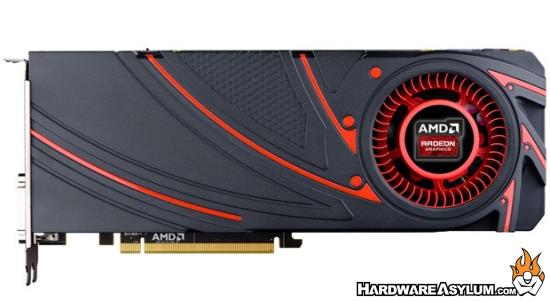Are retail Radeon R9 290X cards slower than press samples?
In one of the latest Tech Report Podcasts the question was asked about the speed of press sample cards over the retail equivalent. This has actually been an age old question with some proof to back it up. For instance Intel ES chips are usually made from first generation silicon and binned differently than chips for the retail market. It stands to reason that the ES parts will be faster.
The truth is, they have the same performance out of the box but tend to overclock better. When it comes to video cards the same "could" be true and in the past each card was locked to a certain frequency. That isn't the case with new AMD cards, provided you can keep them cool they will actually clock higher.
Better silicon usually means cooler running.

Well, from here, things get kind of complicated. Although the retail R9 290-series cards appear to have the same basic hardware and specifications as the review samples, the zillion-dollar question is what happens during everyday operation. You see, like the Turbo Boost mechanism in Intel CPUs, the Radeons' PowerTune algorithm adjusts clock speed dynamically, from moment to moment, in response to current chip temperatures, the GPU workload, and the video card's pre-defined power limits. For one reason or another, folks found that at least some retail R9 290-series cards seemed to operate at lower clock speeds than those initial review units.
Keep in mind this is TR and they tend to get wordy but, it should be a good read.
Related Web URL: http://techreport.com/review/25712/are-retail-rade...

